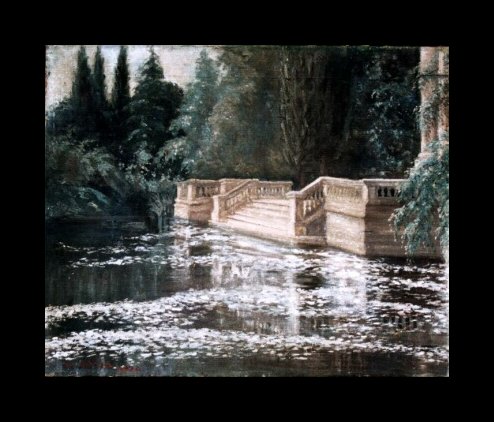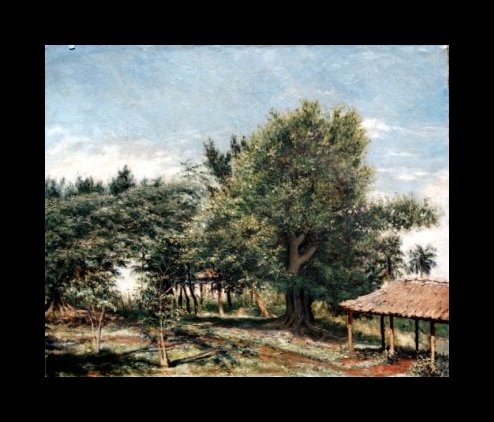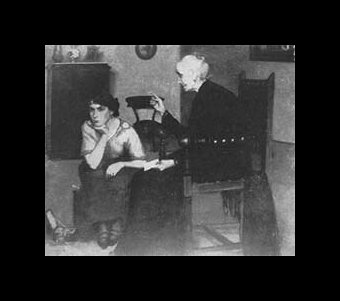Maria Ariza y Delance (1880-1959)
Get a Maria Ariza y Delance (1880-1959) Certificate of Authenticity for your painting (COA) for your Maria Ariza y Delance (1880-1959) drawing.
For all your Maria Ariza y Delance (1880-1959) artworks you need a Certificate of Authenticity (COA) in order to sell, to insure or to donate for a tax deduction.
Getting a Maria Ariza y Delance (1880-1959) Certificate of Authenticity (COA) is easy. Just send us photos and dimensions and tell us what you know about the origin or history of your Maria Ariza y Delance (1880-1959) painting or drawing.
If you want to sell your Maria Ariza y Delance (1880-1959) painting or drawing use our selling services. We offer Maria Ariza y Delance (1880-1959) selling help, selling advice, private treaty sales and full brokerage.
We have been authenticating Maria Ariza y Delance (1880-1959) and issuing certificates of authenticity since 2002. We are recognized Maria Ariza y Delance (1880-1959) experts and Maria Ariza y Delance (1880-1959) certified appraisers. We issue COAs and appraisals for all Maria Ariza y Delance (1880-1959) artworks.
Our Maria Ariza y Delance (1880-1959) paintings and drawings authentications are accepted and respected worldwide.
Each COA is backed by in-depth research and analysis authentication reports.
The Maria Ariza y Delance (1880-1959) certificates of authenticity we issue are based on solid, reliable and fully referenced art investigations, authentication research, analytical work and forensic studies.
We are available to examine your Maria Ariza y Delance (1880-1959) painting or drawing anywhere in the world.
You will generally receive your certificates of authenticity and authentication report within two weeks. Some complicated cases with difficult to research Maria Ariza y Delance (1880-1959) paintings or drawings take longer.
Our clients include Maria Ariza y Delance (1880-1959) collectors, investors, tax authorities, insurance adjusters, appraisers, valuers, auctioneers, Federal agencies and many law firms.
We perform Maria Ariza y Delance art authentication, appraisal, certificates of authenticity (COA), analysis, research, scientific tests, full art authentications. We will help you sell your Maria Ariza y Delance or we will sell it for you.
One of the few female painters of the Cuban pre-Vanguard era was Maria Ariza y Delance. Her paintings are reminiscent of European styling, and rarely ever touch on the deeply “Cuban” themes of many of her contemporaries. However, her pupils and fellow artists and critics hailed her as a master of landscaping and figure painting, and figure painting.
Ariza was born in Havana, and was home schooled most of her life. Her father was a prominent Havana architect. In 1907, in her late twenties, she traveled to Europe to study abroad and take painting lessons. There she stayed for 18 years, living in France, Spain, Italy and Belgium. She studied art at the Julien Academy in Paris during her stay, where she held an apprenticeship in the Fine Arts.
Landscape painting seemed to be Ariza’s forte, and such accomplished composition as “El Laguito” and “Patio” stand out and show her full grasp of detailing and use of light and dark.

El Laguito

Patio
While in Madrid, Ariza painted her highly acclaimed figure study painting “Useless Advices” which was later awarded a Figure and Composition prize from the National Academy of Arts in Havana.

Upon her return to Cuba in 1926, Ariza began working at the San Alejandro School as a professor of Art History. She also served as the Secretary of the school under the direction of Armando Menocal, another famous Cuban painter and teacher.
During her lifetime, she was awarded many prizes and given much recognition for her artistic achievements. Today, her work is housed all over Cuba, and certainly in the European countries she resided in during the 1920s. Could there be a missing Ariza masterpiece in a Spanish villa or French farmhouse? The possibilities seem to be endless. Currently, her name is broadly unknown outside of Cuban art circles, but the artistic value of her work remains. If you believe you have a work by Ariza, contact us.
